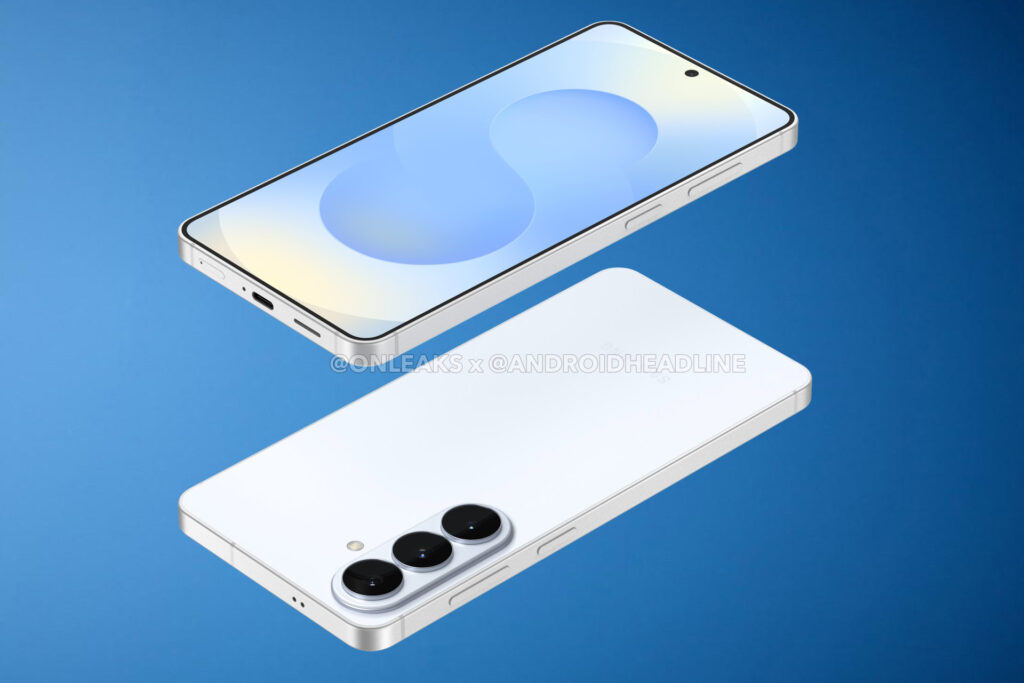Samsung will achieve significantly cut costs on the upcoming Galaxy S26 series thanks to the Exynos 2600 chip, according to reports. This way, they will stop relying solely on their primary competitor for flagship phone SoCs. Industry sources indicate that Samsung’s System LSI division will supply the new Exynos 2600 chip for the Galaxy S26 and S26+ for up to $30 less than the expected cost of Qualcomm’s flagship alternative: the Snapdragon 8 Elite Gen 5.
This strategic move is less about achieving dominance and more about financial relief. Samsung’s Mobile Experience (MX) division has been struggling with the rapidly escalating price of Qualcomm’s high-end Snapdragon chips.
Exynos 2600: $30 cheaper for Samsung than Snapdragon 8 Elite Gen 5 on Galaxy S26
The choice to dual-source chips comes at a key time. Currently, the price of cutting-edge mobile silicon is soaring. Industry estimates suggest that the Qualcomm Snapdragon 8 Elite Gen 5 will be particularly expensive for manufacturers. Reports indicate that the cost to OEMs for this new flagship chip could range between $240 and $280 per unit. Final figures will depend on factors such as order volumes and contractual agreements.
For comparison, previous flagship chips like the Snapdragon 8 Gen 3 cost manufacturers roughly $170 to $200. This dramatic price jump means that Samsung’s ability to secure the Exynos 2600 at a discount of $20 to $30 per unit (as reported by Biz Chosun, via @Jukanlosreve) could translate into savings of tens of millions of dollars across the full production run of the Galaxy S26. This financial advantage is pretty substantial. Last year, Samsung saw its overall mobile chipset procurement costs increase by over 25%. The main reason was the exclusive reliance on Snapdragon hardware for the entire S25 series globally.
The performance question
While the financial benefit is clear, the decision to use a mix of chips raises a classic debate. In the past, Samsung’s dual-chip strategy in Galaxy S phones resulted in regional performance disparities. Typically, the Snapdragon-powered versions offered superior performance and thermal management. The Exynos chips struggled in energy efficiency, particularly when using mobile internet. However, both the modem and the Exynos chipset generally showed improvable thermal performance.
Both Samsung and Qualcomm base their designs on Arm architecture. But their execution when designing chips differs significantly. Qualcomm develops highly customized cores optimized specifically for smartphone performance. In contrast, Samsung’s Exynos strategy often involves modifying Arm’s reference designs.
Qualcomm’s latest flagship runs hot, Samsung could take advantage
Industry insiders note that the Exynos 2600 shows strong numbers in initial benchmark tests. However, the real-world user experience—covering performance, power efficiency, and connectivity—will be crucial. Samsung has a golden opportunity following reports that the Snapdragon 8 Elite Gen 5 chip is running hotter than ideal.
In any case, the return of the Exynos 2600 to the flagship S-series is a significant milestone. If the experiment goes well, we will likely see more Exynos chips in future premium devices. For the Galaxy S26 series, experts project a Snapdragon-Exynos implementation ratio of 70-30%, respectively.
The post Exynos 2600 Chip May Save Samsung $30 Per Galaxy S26 Unit appeared first on Android Headlines.
